In my first blog we talked about squat depth and what it does for different performance. If you missed it or want to refresh your memory click HERE. When to do the front or back squat?
There are many different kind of squats. Back squats, 1 legged squats, front squats, goblet squats, Kung squats, overhead squats, Bulgarian squats etc. To keep this article digestible we’ll focus on the barbell back squat and front squat. We will divide the back squat in low bar and high bar squat.
High bar vs low bar squat
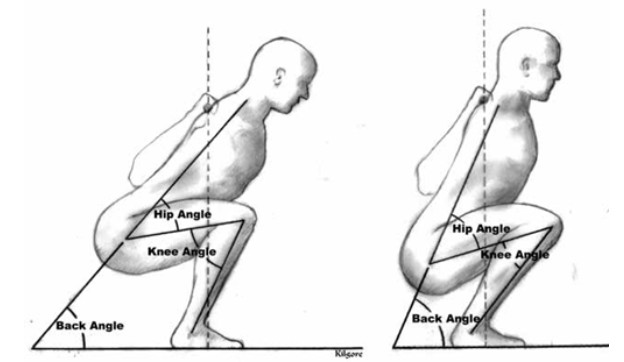
Image source: https://steemit.com/fitness/@orupold-fitness/high-bar-vs-low-bar
The low bar squat is where the bar lies a little bit lower on your back than with a regular squat, or high bar squat. The low bar squat is more often used in powerlifting, because their goal is to squat as heavy as possible. If your goal is to target your quadriceps more, this way of squatting might be less beneficial [1].
As we can see in figure one, the angles of the knee and hips change with the low- or high- bar squat. The knee musculature, the hip musculature and lower back musculature are all active in both squat types. However with the high bar squat the movement tend to be more knee dominant. The low bar squat tends to be more hip/ lower back dominant. For this reason most people are capable of lifting more weights with the low back squat. If you do this however you prefer outcome of total weight lifted rather than target a specific muscle or joint.
Front squat
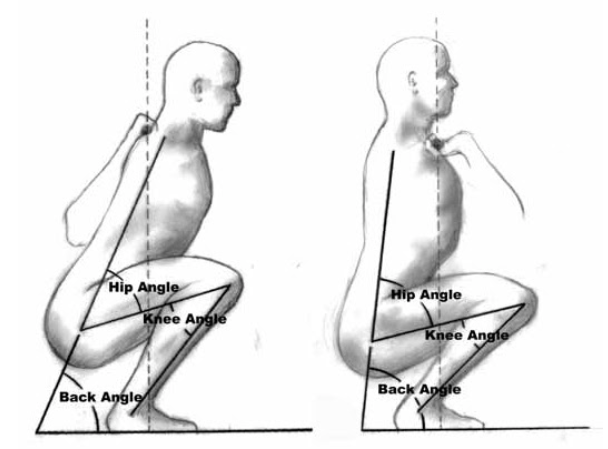
With the front squat, the bar is in front of your body on your shoulders. In figure 2 the difference is shown between a high bar squat and a front squat. We can see that there is a more upright position of the torso. However we need more mobility of the ankle and knee joints [1]. If the mobility is sufficient, one can perform a lower squat in the front squat.
EMG studies show mixed results. One study find that there was no significant difference in muscle activation between the front an back squat [2]. This study looked at 10 repetitions. However another study looked at the difference in front and back squat with maximum loads [3]. They found that the front squat was a little more quad dominant and the back squat a little more hamstring/ glutei dominant.
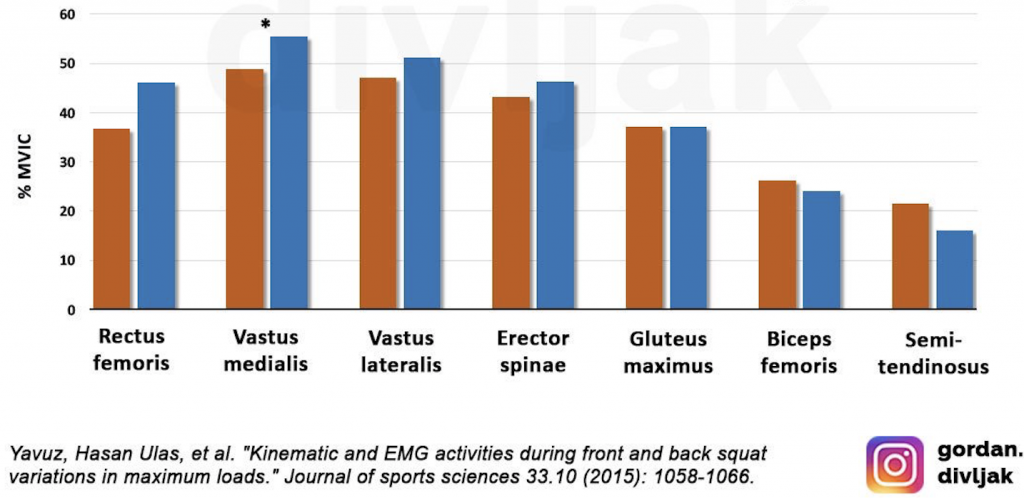
So which one should I perform?
It depends on what your goal is. If you are a powerlifter, you might want to perform low bar squats. If you are a olympic weightlifter, high bar squats and front squats are part of your training schedule. For these examples the answer is simple.
But what about me who is training for bigger muscles or more speed on the pitch? I would argue that if you want to jump higher, front squat is favorable. If you on the other side want to run faster high bar squats, might be better for you. If you want more quad activation front squats have the advantage, they also need less weight for the same result [1].
We already established that full range squats are more beneficial than quarter squats or mini squats. If you want to reach full depth in the front squat, you need great ankle mobility. So if you do not have this feature, you can work on your mobility or perform a back squat. The differences are small between squats and like I said at the beginning of the article all muscles are activated in all squat variations.
Rehabilitation
For the physio’s out there, here is some additional food for thought. The above applies to my sports rehabilitation. A proper sports analysis should lead you to the correct squat form. However, for patellar- tendinopathy patients we can look which of the squat types is not hurting. Also for these patients we might NOT want to reach full depth in the squat. The tendon load increases in depth range. If the high bar squat is too painful for these patients we might want to try either the low bar squat or surprisingly the front squat. Tendon loads are less in these squats, so patients might benefit to do these exercises to later progress to high bar squats.
If you treat knee instability like an ACL tear, you want to do both high bar and front squat. Maybe even more single leg squat work, since we need more stability then. However if have a re-active knee the patient might benefit from a low bar squat, because the load within the knee joint is less. Just be aware that they can brace correctly, because the lower back suffers from more load.
References
- Glassbrook DJ, Brown SR, Helms ER, Duncan S. And Storey AG. The High-Bar and Low-Bar Back-Squats: A Biomechanical Analysis. J strength and cond Res. 2019 JUL;33 Suppl 1:S1-S18.
- Contreras B, Vigotsky AD, Schoenfeld BJ, Beardsley C AND Cronin J. A Comparison of Gluteus Maximus, Biceps Femoris, and Vastus Lateralis Electromyography Amplitude in the Parallel, Full, and Front Squat Variations in Resistance-Trained Females. J Appl Biomech. 2016 Feb.;32(1):16-22.
- Yavuz HU, Erdag D, Amca AM AND Aritan S. Kinematic and EMG activities during front and back squat variations in maximum loads. J Sports Sci. 2015;33(1)1058-1066.

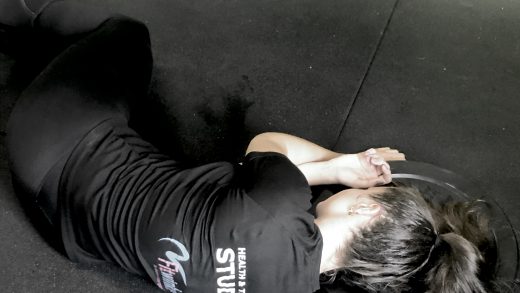
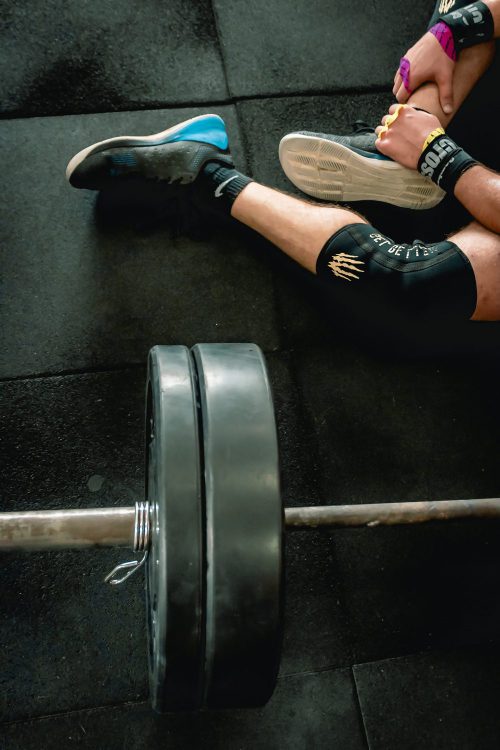

1 Response
[…] Wether you are a personal trainer or a physiotherapist. In my blogs on squat depth and about the front and back squat, you can read why and how deep to perform a squat for specific goals. But there are so many more […]